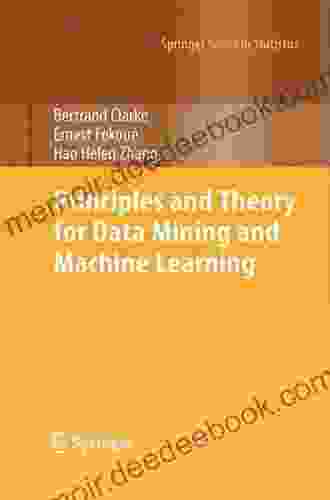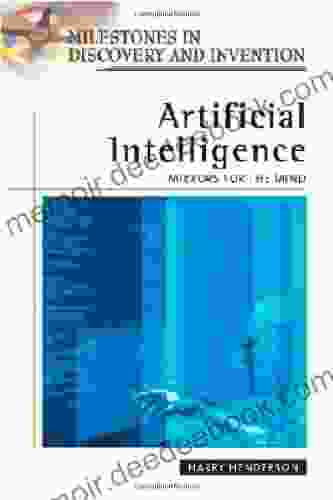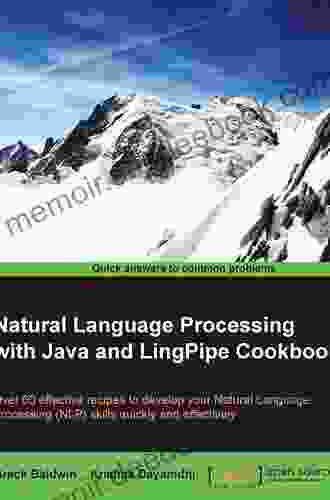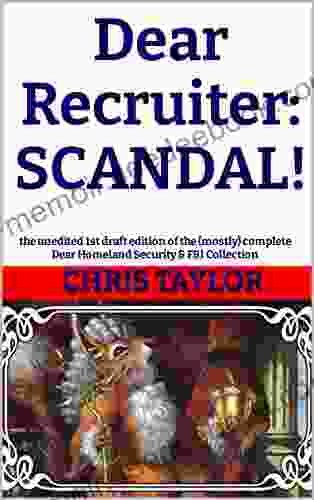Reader-Based Approach to Text Comprehension: A Comprehensive Analysis

Text comprehension is a complex cognitive process that involves understanding the meaning of written or spoken language. It is a fundamental skill for academic success, personal development, and career advancement. The reader-based approach is one of the major theoretical frameworks for understanding text comprehension. This approach focuses on the role of the reader's knowledge, beliefs, and experiences in shaping their understanding of text.
4.4 out of 5
| Language | : | English |
| File size | : | 2977 KB |
| Text-to-Speech | : | Enabled |
| Screen Reader | : | Supported |
| Enhanced typesetting | : | Enabled |
| Print length | : | 430 pages |
Key Principles of the Reader-Based Approach
- Prior knowledge and beliefs: Readers bring a wealth of prior knowledge and beliefs to the reading process. This knowledge and beliefs shape their expectations about the text and influence their interpretation of it.
- Schema theory: Schemas are mental representations of knowledge that organize and interpret information. Readers use schemas to make inferences about the text, fill in gaps in their understanding, and connect new information to existing knowledge.
- Reader response theory: Reader response theory emphasizes the role of the reader's subjective response to the text. Readers' interpretations of the text are influenced by their personal experiences, values, and emotions.
Implications of the Reader-Based Approach
The reader-based approach has several important implications for the teaching and learning of text comprehension:
- Importance of background knowledge: Teachers need to assess students' prior knowledge and beliefs before teaching a new text. This information can be used to activate students' schemas and make the text more accessible.
- Need for scaffolding: Students may need scaffolding during the reading process, such as providing background information, clarifying unfamiliar concepts, and helping them to make connections between the text and their prior knowledge.
- Encouragement of critical thinking: The reader-based approach encourages students to develop critical thinking skills by questioning the text, making inferences, and evaluating the author's perspective.
Applications of the Reader-Based Approach
The reader-based approach has been applied in a variety of domains, including:
- Literacy instruction: The reader-based approach has been used to develop effective literacy instruction programs that focus on developing students' comprehension skills.
- Critical thinking skills: The reader-based approach can be used to teach students critical thinking skills, such as how to analyze arguments, evaluate evidence, and form judgments.
- Educational psychology: The reader-based approach has been used to understand how readers learn and process text.
- Cognitive psychology: The reader-based approach has been used to investigate the cognitive processes involved in text comprehension.
The reader-based approach to text comprehension is a valuable framework for understanding the complex process of how readers make meaning from text. This approach has important implications for the teaching and learning of text comprehension and has been applied in a variety of domains. By understanding the key principles of the reader-based approach, educators and researchers can develop more effective strategies for fostering text comprehension skills and critical thinking abilities.
References
- Carrell, P. L., & Eisterhold, J. C. (1983). Schema theory and ESL reading comprehension. L2 Journal, 12(1),55-73.
- Kintsch, W. (1988). The role of knowledge in discourse comprehension: A construction-integration model. Psychological Review, 95(2),163-182.
- Rosenblatt, L. M. (1978). The reader, the text, the poem: The transactional theory of the literary work. Carbondale: Southern Illinois University Press.
4.4 out of 5
| Language | : | English |
| File size | : | 2977 KB |
| Text-to-Speech | : | Enabled |
| Screen Reader | : | Supported |
| Enhanced typesetting | : | Enabled |
| Print length | : | 430 pages |
Do you want to contribute by writing guest posts on this blog?
Please contact us and send us a resume of previous articles that you have written.
 Novel
Novel Page
Page Text
Text Story
Story Genre
Genre Library
Library E-book
E-book Paragraph
Paragraph Sentence
Sentence Shelf
Shelf Glossary
Glossary Bibliography
Bibliography Foreword
Foreword Annotation
Annotation Footnote
Footnote Manuscript
Manuscript Scroll
Scroll Codex
Codex Bestseller
Bestseller Library card
Library card Memoir
Memoir Reference
Reference Resolution
Resolution Catalog
Catalog Card Catalog
Card Catalog Borrowing
Borrowing Archives
Archives Research
Research Scholarly
Scholarly Lending
Lending Reserve
Reserve Academic
Academic Journals
Journals Interlibrary
Interlibrary Literacy
Literacy Study Group
Study Group Thesis
Thesis Storytelling
Storytelling Theory
Theory Textbooks
Textbooks Miracle Sims
Miracle Sims Jodi Brandstetter
Jodi Brandstetter Kathryn Hughes
Kathryn Hughes Daniel Berenson
Daniel Berenson Emily Maroutian
Emily Maroutian Patrick Brislan
Patrick Brislan Diann Bright
Diann Bright Nick Psaris
Nick Psaris Dianne Furlani
Dianne Furlani Caddy Rowland
Caddy Rowland Juliet Foster
Juliet Foster John Ericson
John Ericson David Ellefson
David Ellefson Mitzi Dewhitt
Mitzi Dewhitt Barbara Lehman
Barbara Lehman Dr Jeannine Mizingou
Dr Jeannine Mizingou Connor Champion
Connor Champion Alfred Russel Wallace
Alfred Russel Wallace John Kruth
John Kruth M Eigh
M Eigh
Light bulbAdvertise smarter! Our strategic ad space ensures maximum exposure. Reserve your spot today!

 Andres CarterThe Explosive Revenge of Rocky Mountain Unit: A Stunning Display of Precision...
Andres CarterThe Explosive Revenge of Rocky Mountain Unit: A Stunning Display of Precision... Justin BellFollow ·6.8k
Justin BellFollow ·6.8k Israel BellFollow ·18.5k
Israel BellFollow ·18.5k Bradley DixonFollow ·8.1k
Bradley DixonFollow ·8.1k Gerald BellFollow ·5.6k
Gerald BellFollow ·5.6k Geoffrey BlairFollow ·18k
Geoffrey BlairFollow ·18k Devin CoxFollow ·13k
Devin CoxFollow ·13k Brady MitchellFollow ·15.8k
Brady MitchellFollow ·15.8k Craig CarterFollow ·2.7k
Craig CarterFollow ·2.7k

 Vernon Blair
Vernon BlairHow to Get a Woman to Pay for You: A Comprehensive Guide...
In the modern dating...

 Levi Powell
Levi PowellPrinciples and Theory for Data Mining and Machine...
Data mining and machine learning are two...

 Andrew Bell
Andrew BellMirrors For The Mind: Milestones In Discovery And...
Mirrors have been a part of human history...

 Alec Hayes
Alec HayesDelving into Natural Language Processing with Java and...
Natural Language Processing (NLP) is an...
4.4 out of 5
| Language | : | English |
| File size | : | 2977 KB |
| Text-to-Speech | : | Enabled |
| Screen Reader | : | Supported |
| Enhanced typesetting | : | Enabled |
| Print length | : | 430 pages |














